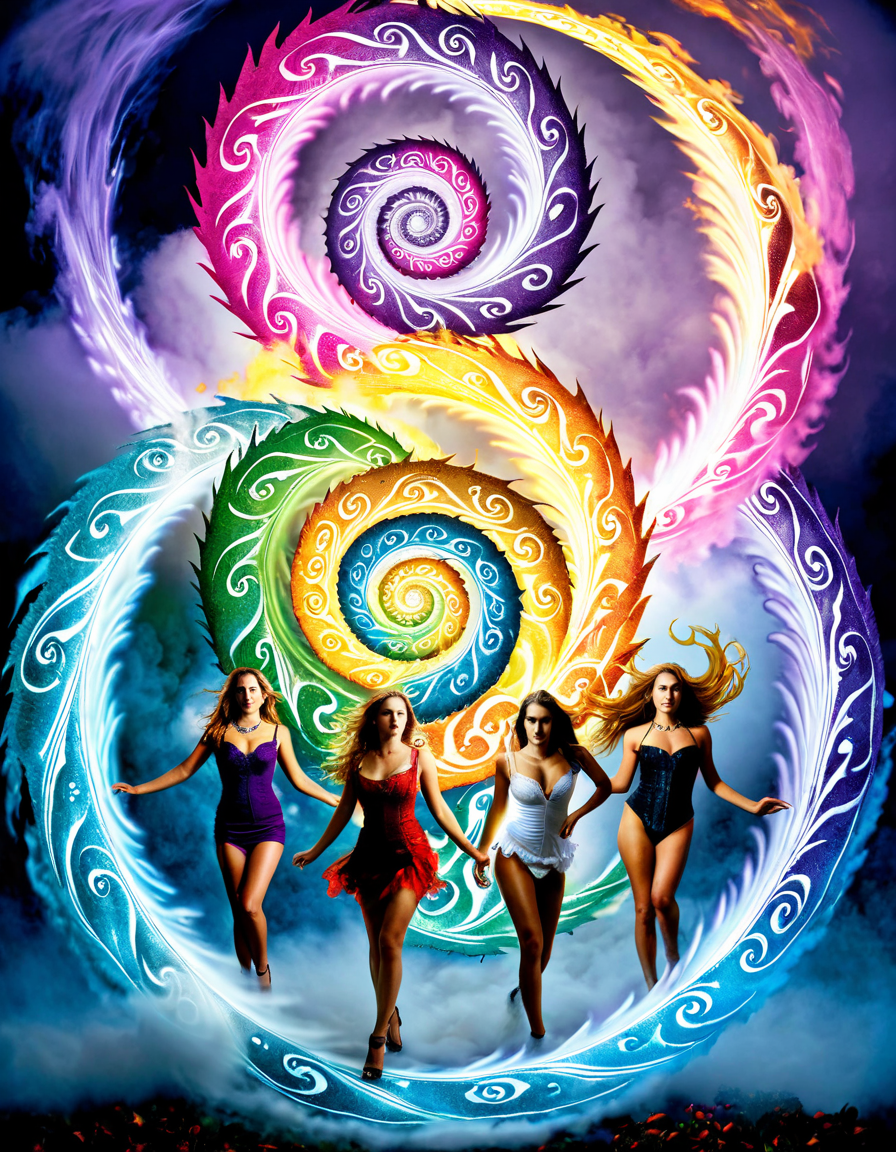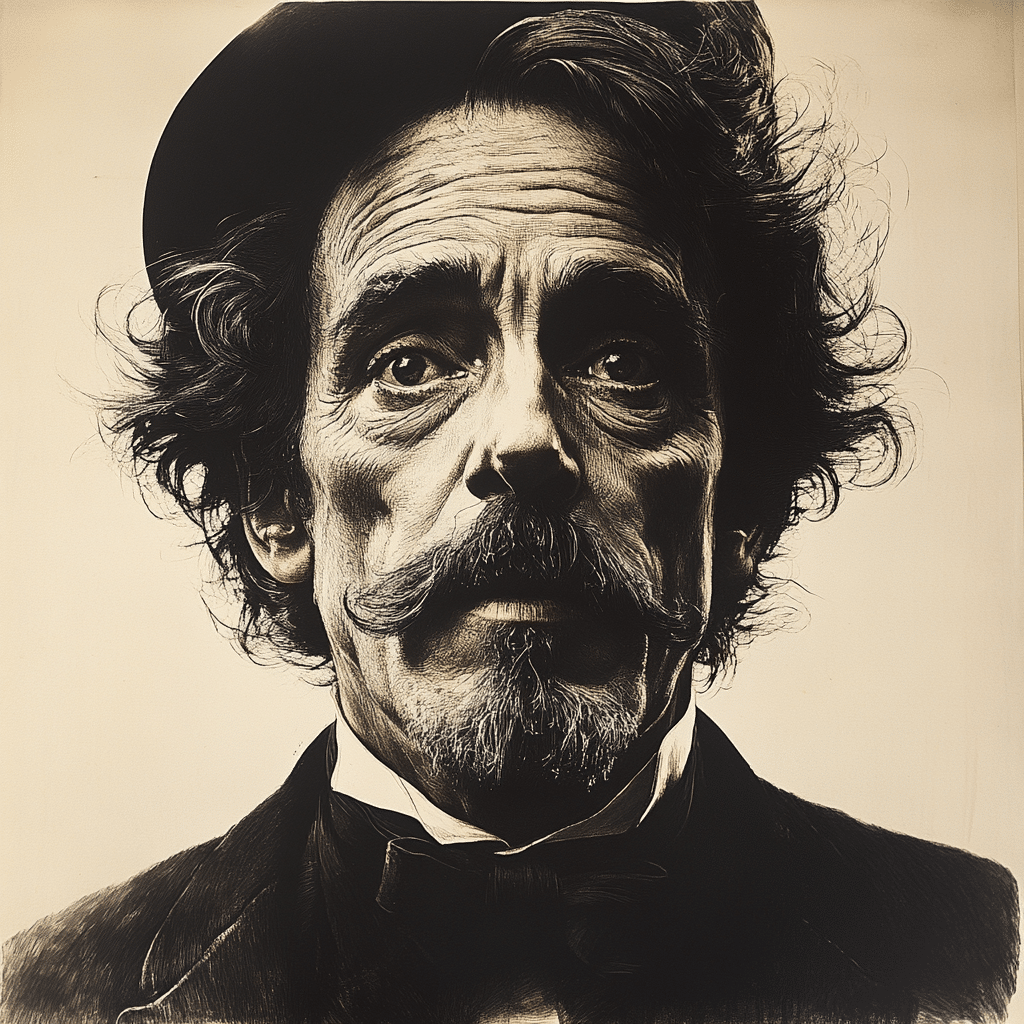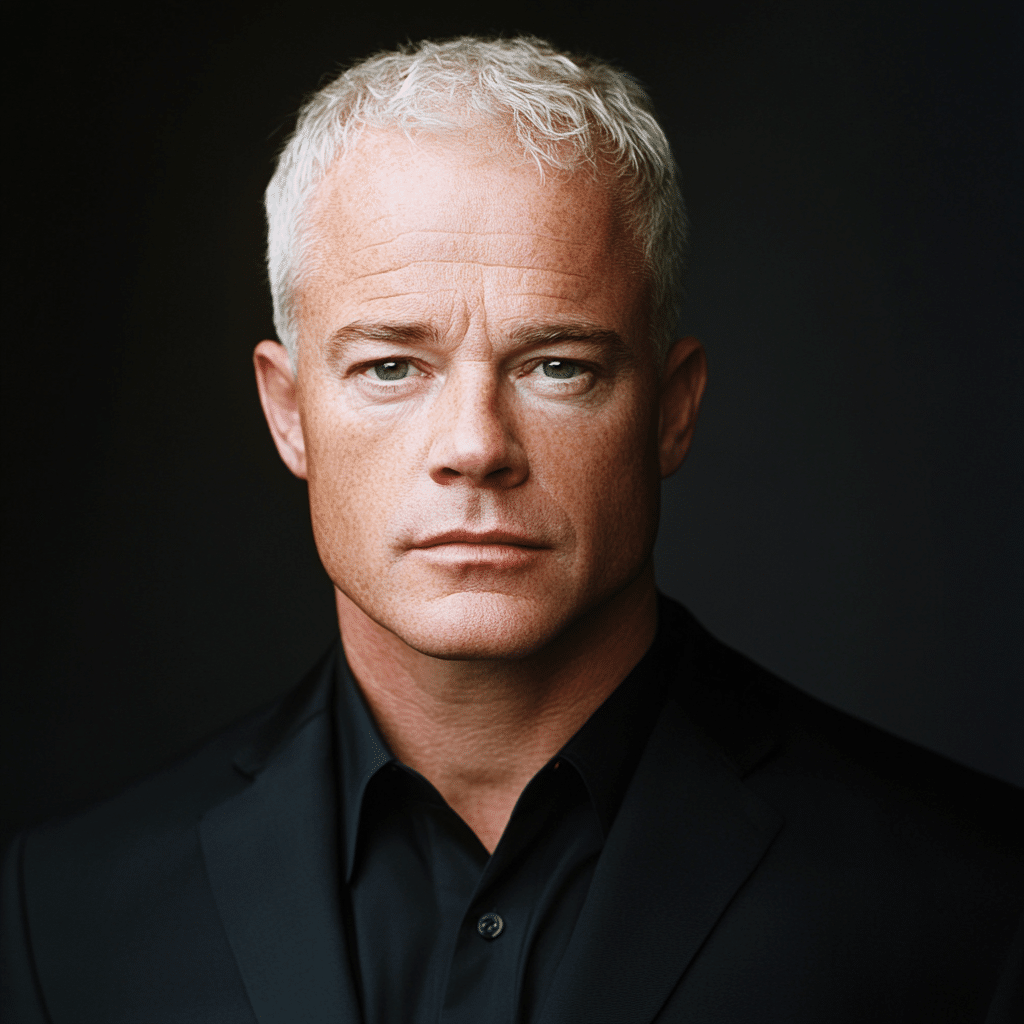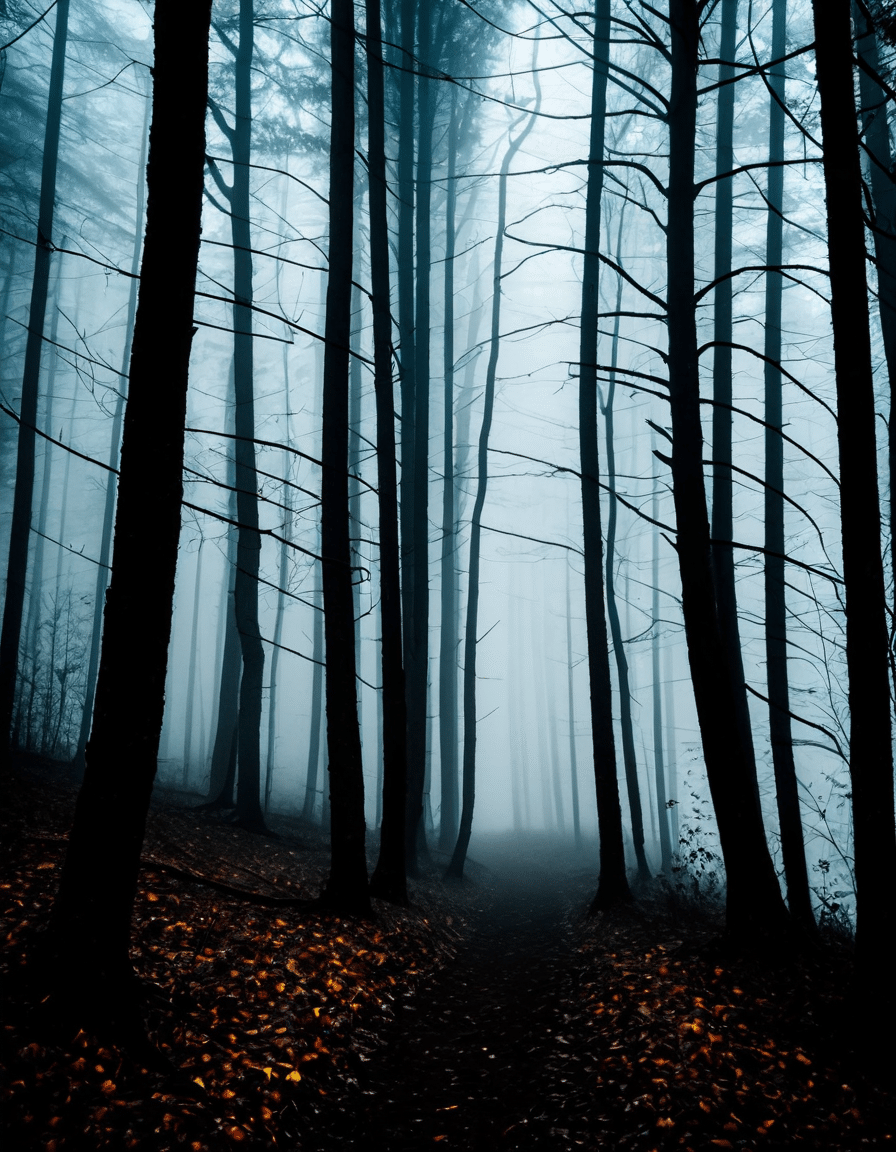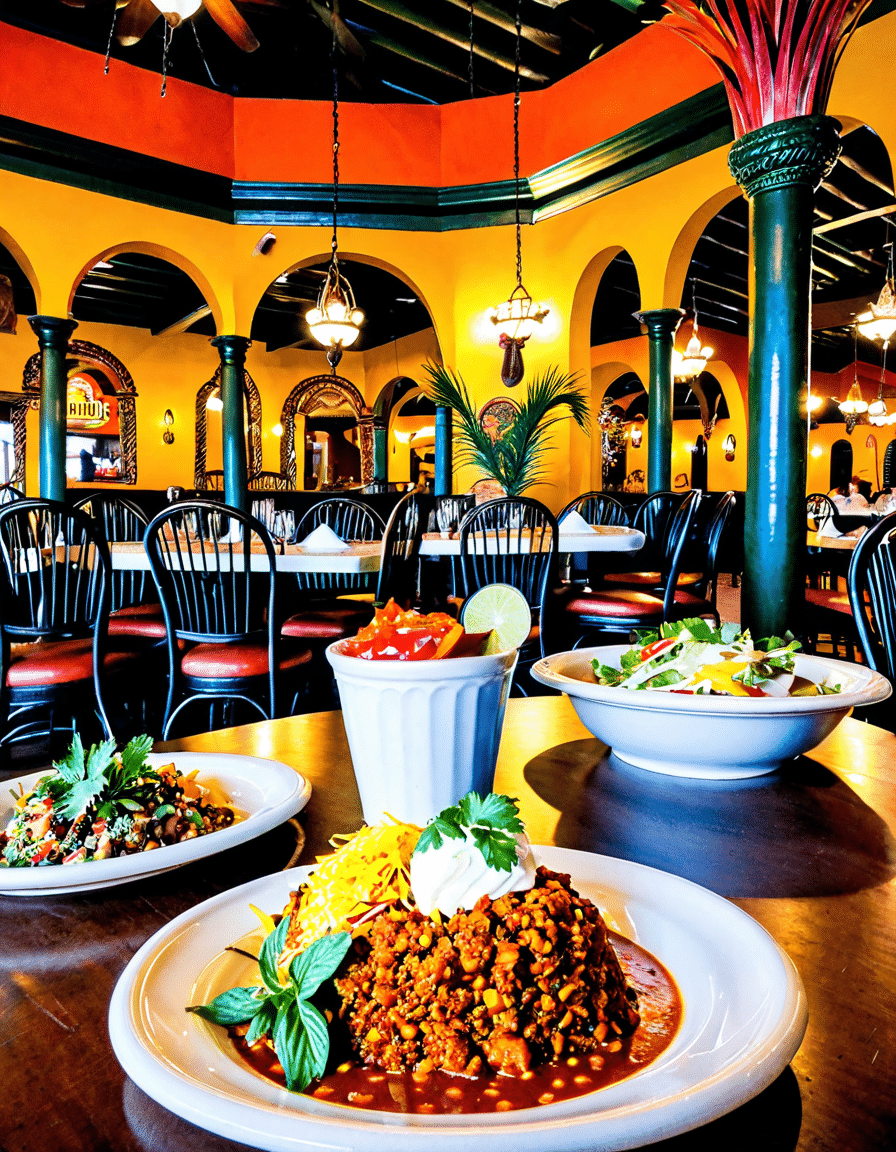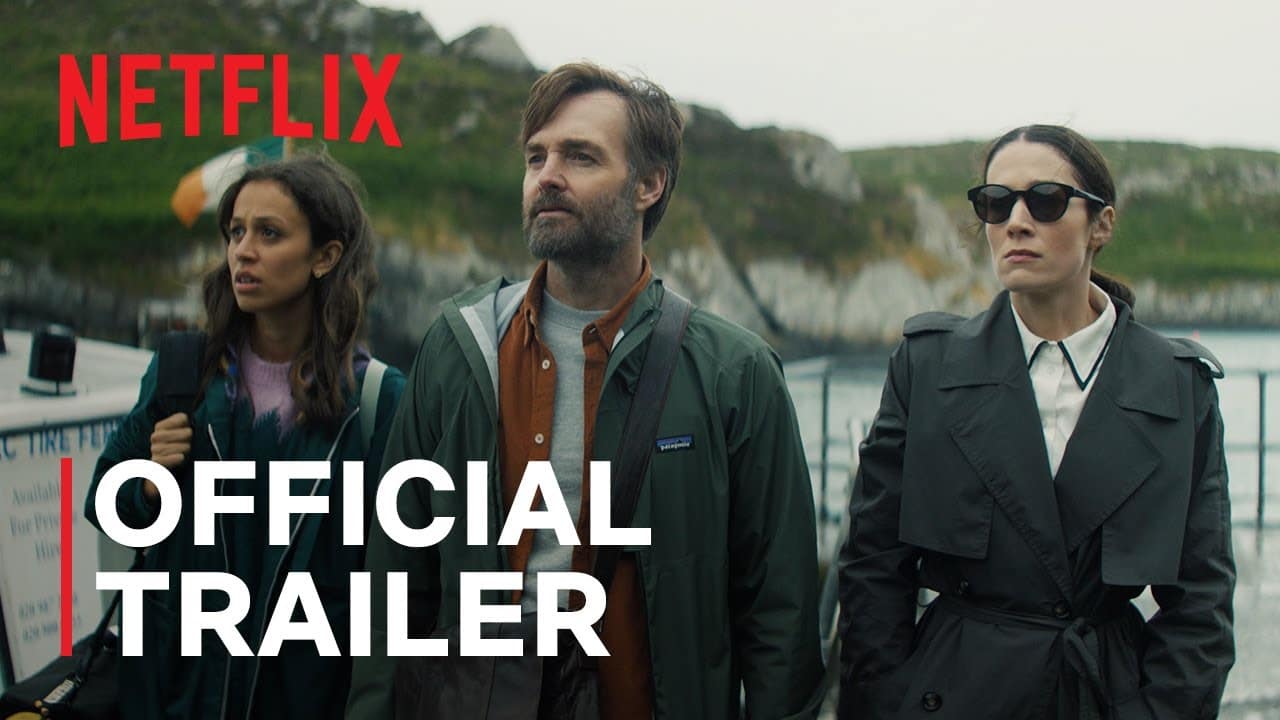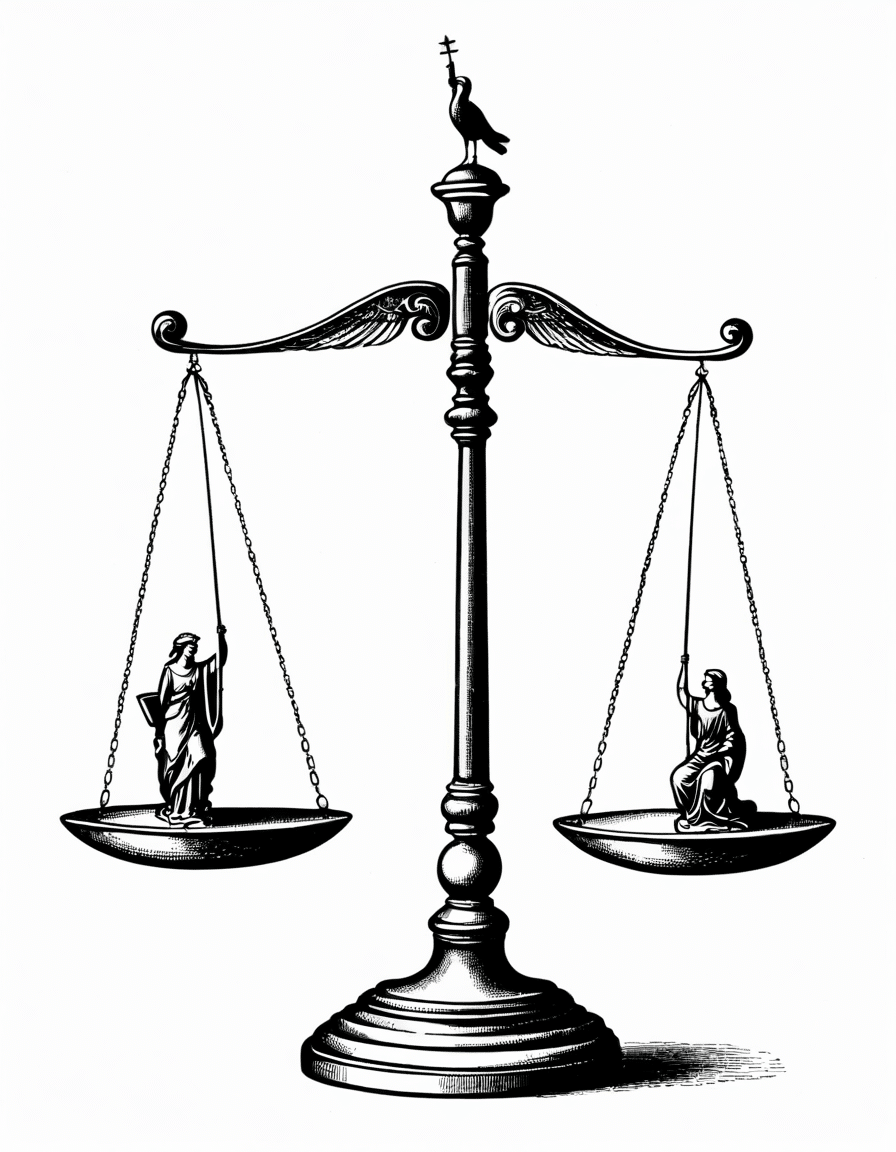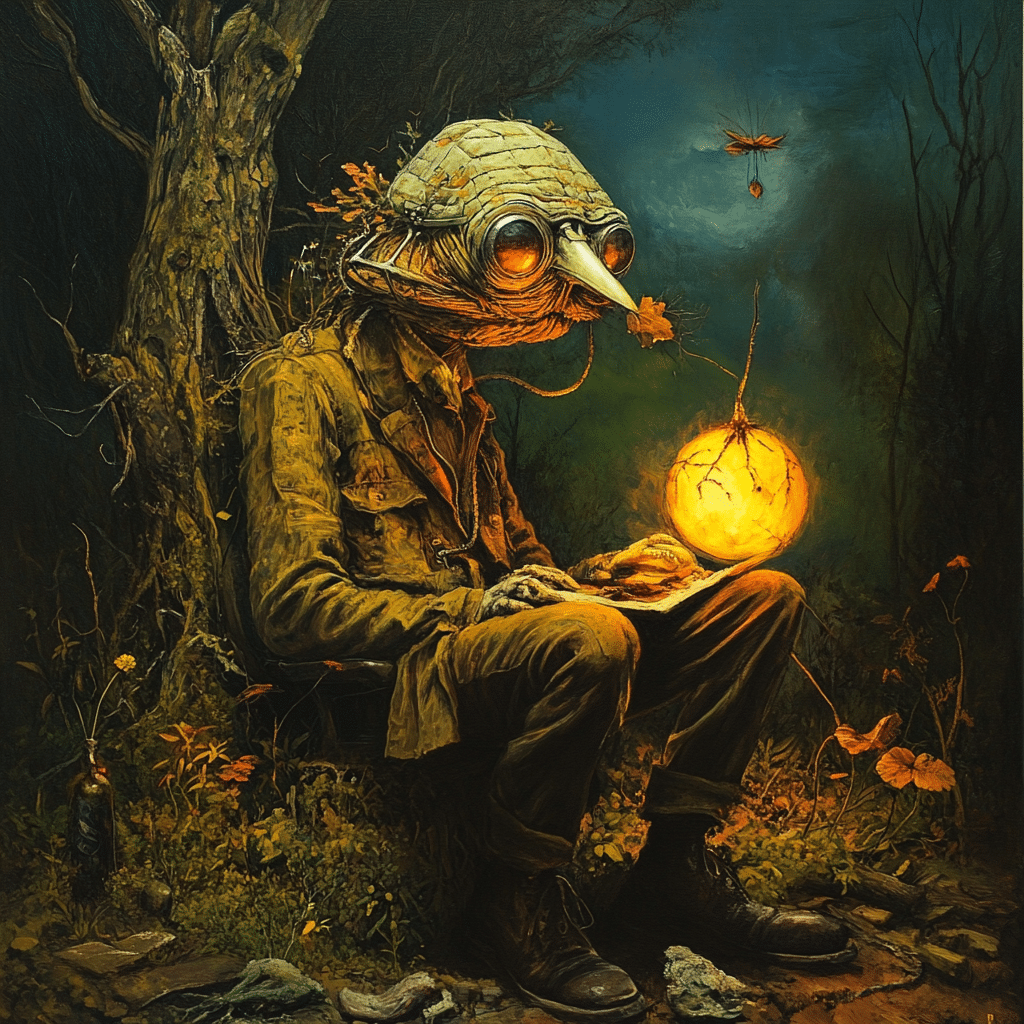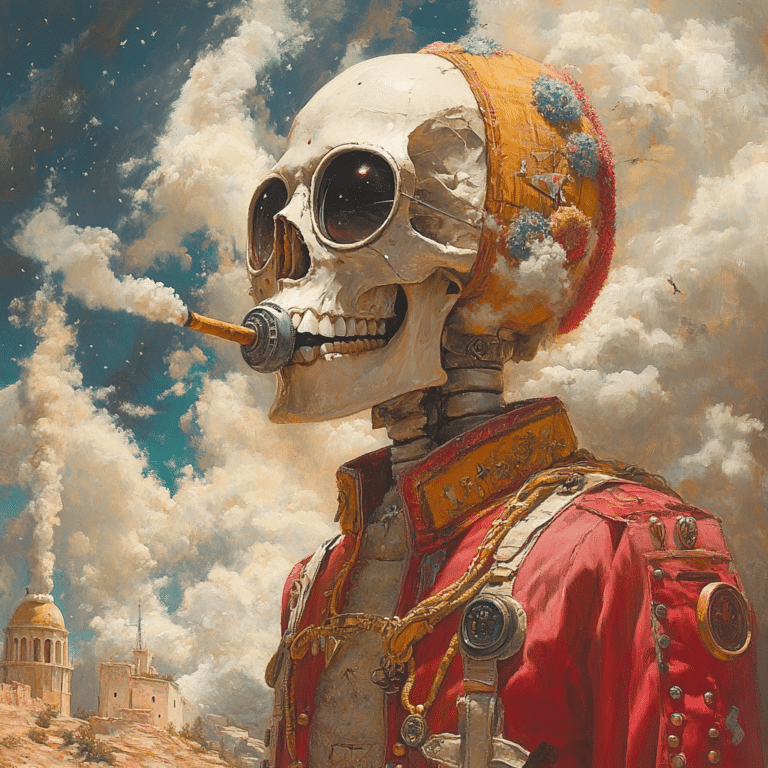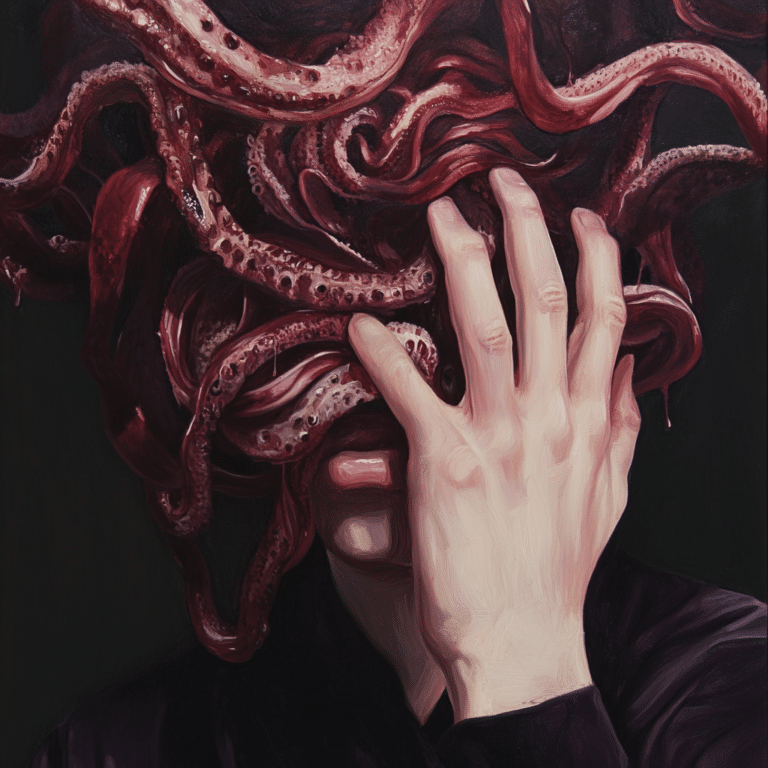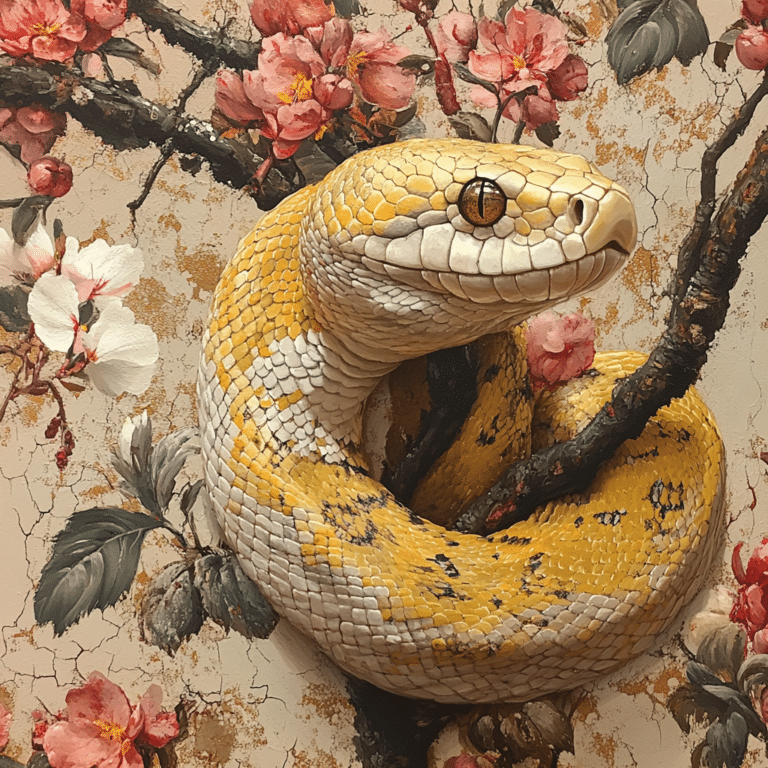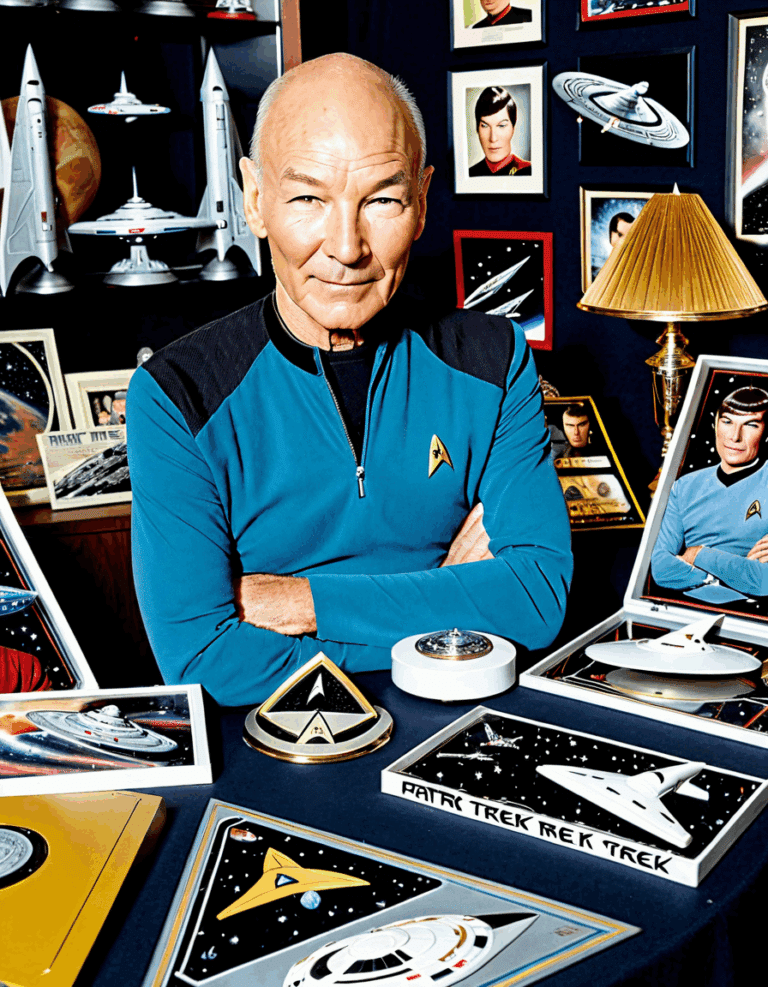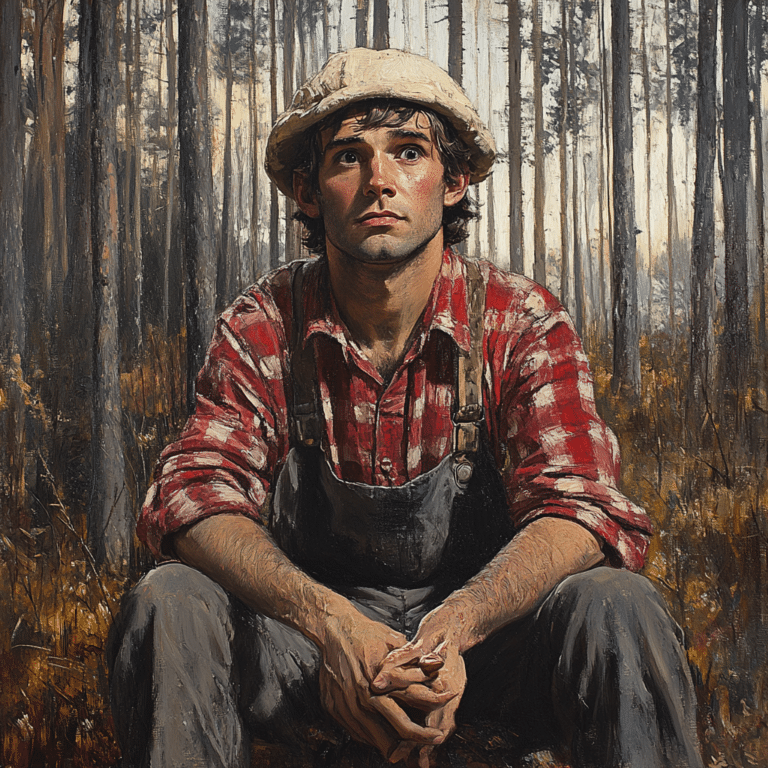Ah, the seven deadly sins—that charming bunch of pride, envy, gluttony, lust, anger, greed, and sloth! They’ve been prancing around human culture for centuries, popping up in everything from ancient texts to modern films. What’s their secret, you ask? It’s simple: they tap into the raw, unfiltered parts of our humanity, making them irresistible! So, let’s dive into how these timeless vices shape our lives today—through our personal choices, art, and even the brands we adore.
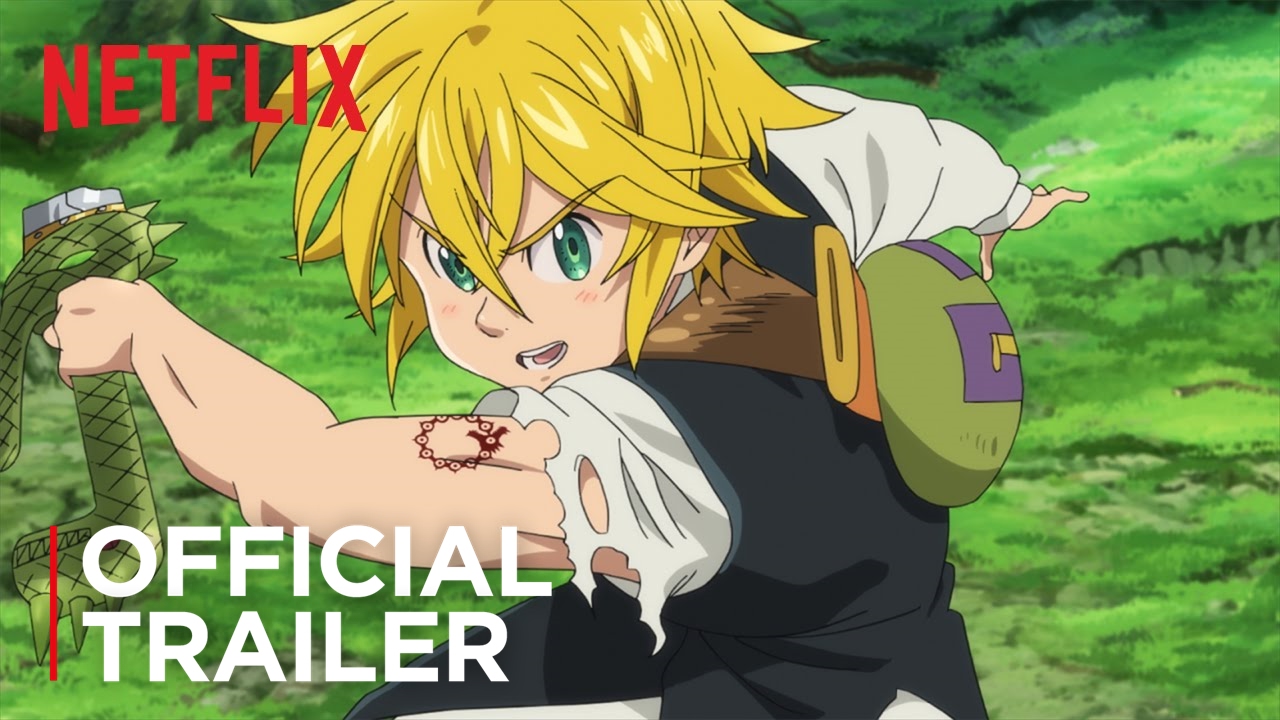
Understanding the Seven Deadly Sins: A Brief Overview
To appreciate the allure of the seven deadly sins, it’s essential to know where they come from. Historically, these sins were rooted in Christian teachings, representing the moral failings we all grapple with, but they’ve evolved over time. They’re no longer strictly religious ideas; they’ve morphed into social commentary, entertainment plotlines, and even marketing strategies.

Spotlight: The 7 Deadly Sins in Modern Branding and Marketing
The seven deadly sins aren’t just lurking in old novels; they’ve found their way into everything we buy! Branding experts realized that these ancient vices could rev up their marketing engines. Here’s a look at how these sins are used strategically to draw consumers in:
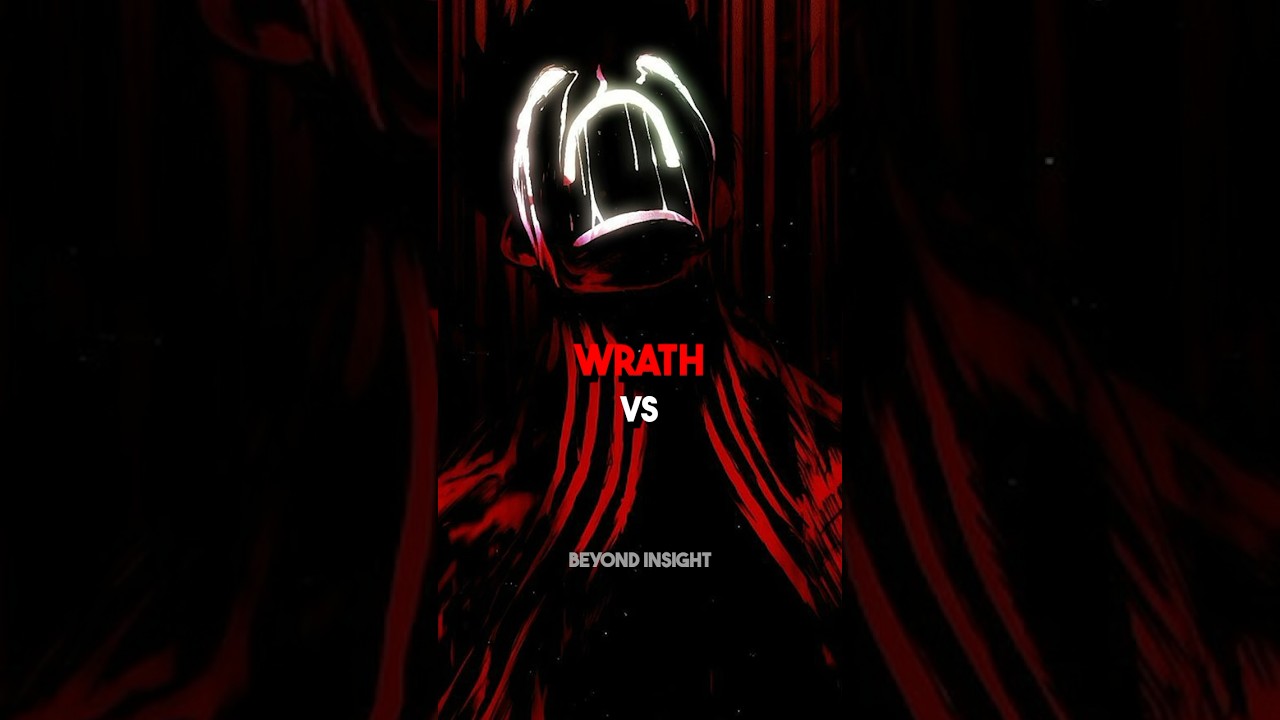
The Cultural Impact of the Seven Deadly Sins: A Dual Perspective
The infatuation with the seven deadly sins extends beyond commerce; they’re a rich vein in arts and identities. Literature and film frequently draw upon these sins to challenge audiences, allowing them to confront their own flaws. Take Dante Alighieri’s “Inferno” or any classic drama—these works compel us to share in the guilt and introspection that often accompanies moral failures.
Simultaneously, these sins mirror our societal values, reflecting our preoccupations and aspirations. Our obsession with curated perfection on social media resonates with pride and envy. It’s a collective struggle that raises questions about self-identity—who are we when we strip away the filters?

Embracing the Irresistible: Future Directions
Peeking into our crystal ball, it’s clear that the seven deadly sins will keep influencing our artistic and societal landscape. The rise of virtual reality and immersive storytelling could lead us to deeply explore these sins, shining a light on their consequences and allure. Meanwhile, conversations about ethical consumerism and mental health are growing louder, suggesting that our interaction with these vices may not only involve indulgence but also self-awareness.
In essence, the seven deadly sins offer a fascinating glimpse into our desires and societal trends. Owning our vices might just lead to personal growth and better understanding. Rather than simply giving in to them, we can confront these alluring yet dangerous temptations, paving the way for a future where enlightenment and accountability dance together.
Through the lens of the seven deadly sins, we witness their timeless dance with our human experience, shaping personal identities and cultural landscapes. Don’t worry—we’re just human, after all!

Seven Deadly Sins: Trivia and Temptations
Tempting Origins
The seven deadly sins have a rich history that stretches back to medieval times, originating from early Christian teachings. These sins—pride, envy, wrath, sloth, avarice, gluttony, and lust—are often depicted in art and literature, creating a tapestry of intrigue that continues to captivate audiences today. Interestingly, many modern interpretations, like the recent cast of Madame Web, have reimagined these classic vices, reflecting society’s ongoing struggle with temptation.
In fact, some notable films delve into these themes, painting them in shades of grey rather than black and white. Just look at how reasonable doubt cast portrays moral dilemmas while intertwining human flaws! Even fashion gets a taste of this during indulgent eras, like the rise of the Jordan Retro 12, which captures the flashy and often hedonistic spirit tied to these sins.
Modern Pervasions of Sin
Today, the concept of the seven deadly sins isn’t just confined to religion; it filters into everyday life and pop culture. Take social media, for instance; many argue that it feeds our vanity and pride, while materialism screws with our avarice. It’s as if we’re all lounging on Ibiza, soaking in the sunshine of excess, enjoying life a little too much and often forgetting balance.
On the culinary side of things, gluttony has become a quirky norm, especially with the rise of trendy foods like low sodium bread—a nod to healthier lifestyles that ironically end up being overindulgent. Meanwhile, lets not forget Salmo 35, an emotional piece that beautifully encapsulates themes of struggle and resilience, sparking conversations around wrath and its justifications. It’s fascinating how much our everyday choices intertwine with these age-old lessons!
Cultural Reflections
The seven deadly sins don’t just influence personal lives; they also serve as a lens through which we can understand societal behaviors. Characters in shows like Rookie Feds often face moral challenges that test their integrity, mirroring the timeless battles against these sins. Plus, actors such as Xochitl Gomez navigate their own temptations in a spotlight that makes the challenge even fiercer.
Ultimately, this exploration into the alluring nature of the seven deadly sins reveals much about who we are as humans. With our insatiable craving for more—whether it’s power, pleasure, or status—life sometimes feels like a dive into a metaphoric sin pool. What’s fascinating is how these persistent themes beat through the heart of our stories, echoing ancient lessons, bringing us back to reconsider our choices.
